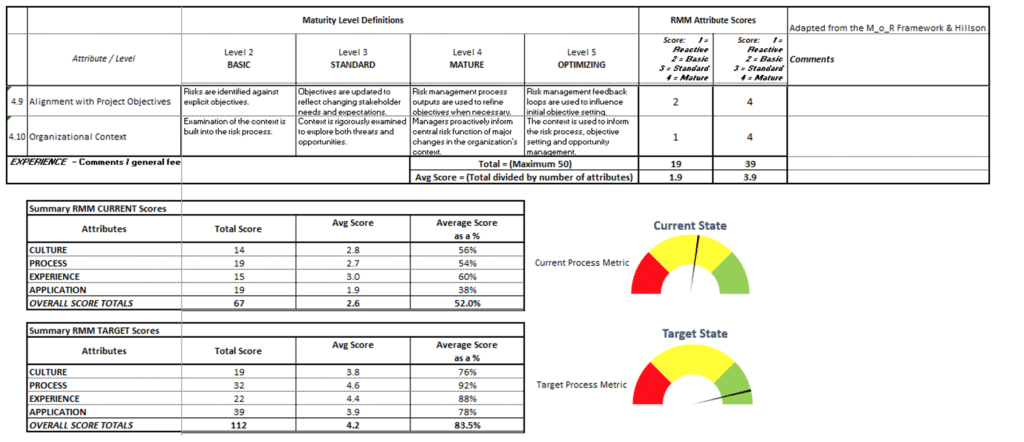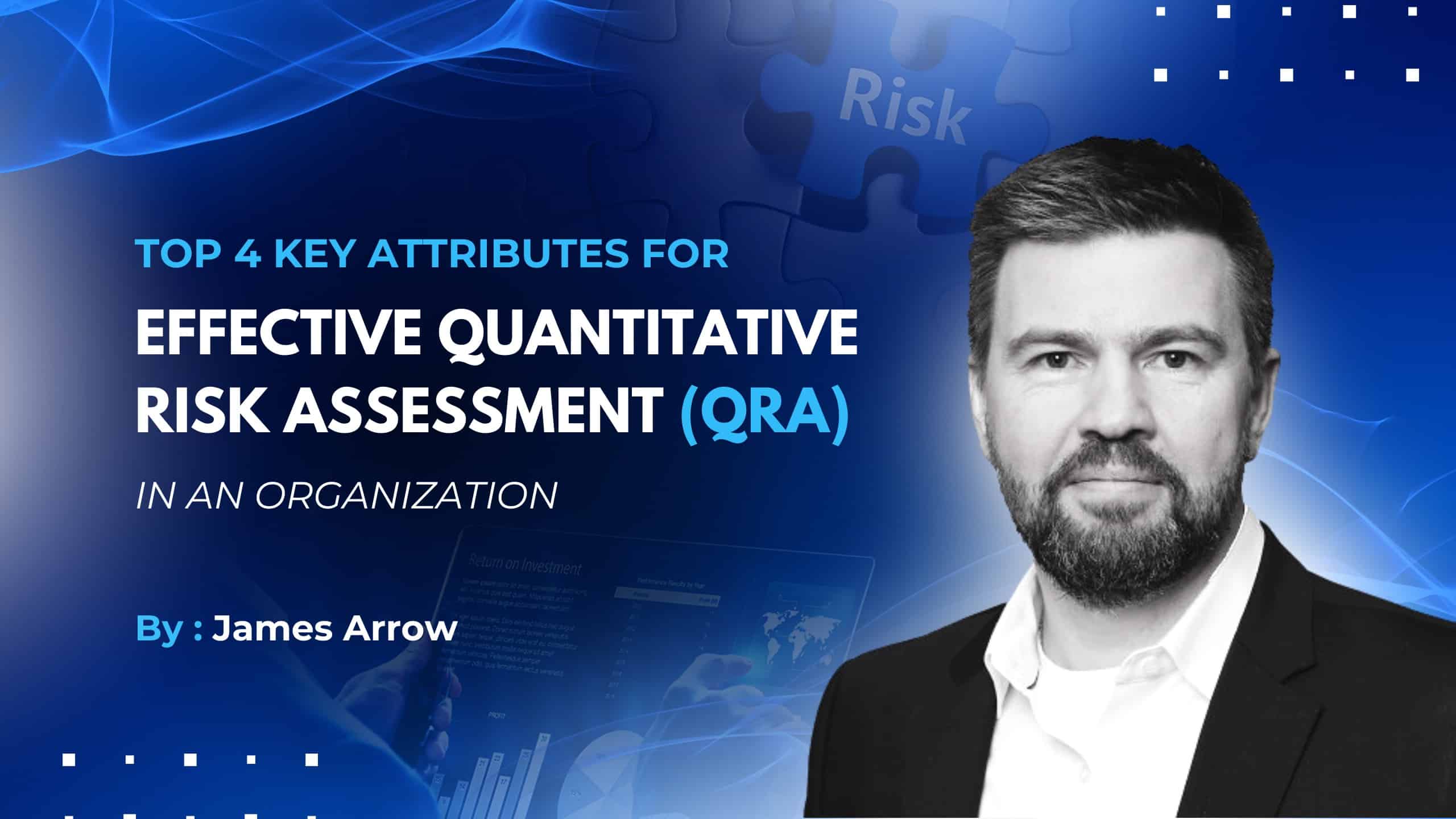Do you run a Quantitative Risk Assessment (QRA) in your projects?
Does your company have an effective Quantitative Risk Analysis capability?
An effective Quantitative Risk Assessment (QRA) capability will not exist in a vacuum. QRA capability will be a function of an organization’s overall risk management capability.
What does it take to adopt a risked-based culture in the organization?
Watch this video to explore the top 4 Key Attributes of Effective Quantitative Risk Assessment (QRA) in an Organization.
Download the free audio mp3 podcast of this episode on iTunes.
Note: This video and podcast is a sneak peek of the presentation on “Quantitative Risk Assessment Maturity Model”, presented by James Arrow at the 2020 Project Control Summit. To get access to the full presentation and other recordings of the Project Control Summit, please click here.
Video Transcript:
What is your organization’s culture towards risk management?
Does your company have an effective Quantitative Risk Analysis (QRA) capability?
An effective Quantitative Risk Assessment (QRA) capability will not exist in a vacuum. Quantitative Risk Assessment (QRA) capability will be a function of an organization’s overall risk management capability.
To ensure that your risk management program is being applied in an effective way, it should have 4 attributes:
1. Culture
Do you have both a demonstrable and visible top-down commitment to risk management?
Only when the “tone at the top” provides the necessary support can high-quality inputs be gathered from the team for meaningful QRA.
Additionally, Risk management will not be effective if it’s led only by the Project Controls team. You need to have your leadership team showing the rest of the organization that Risk Management is important in order to have an effective level of policy acceptance throughout all delivery phases.
2. Process
The next attribute that’s important is the “process”, the nature in which the Risk Management process is applied in ALL projects (and departments).
Do you have well-establishes processes for the implementation of an effective Quantitative Risk Assessment (QRA)?
Does your organization employ a formal close-out process to consistently capture and share relevant risk data?
Do you have a dedicated resource to support fact-based decision-making?
Is data available from across the enterprise used to corroborate subjective uncertainty ranges?
Does the risk management process extend beyond the confines of your own organization and address uncertainty throughout your supply chain?
3. Experience
Another important factor is the “level of experience” your team has. Have they got meaningful, credible risk management experience? If so, over how many years? Can they be champions and lead a program? What is their level of understanding or training on Quantitative Risk Assessment (QRA)?
Do you have a team that is properly certified or trained?
Have they completed a Project Control Academy course? Do they have an AACE, RICS, or PMI risk professional certification?
Is your team committed to ongoing professional development and continual learning?
4. Application
The final attribute towards an effective Quantitative Risk Assessment (QRA) implementation is the consistency of risk process applications.
How consistently do your teams applying the Quantitative Risk Assessment (QRA) processes?
Do you have dedicated resources to conduct Quantitative Risk Assessment (QRA)? Does their availability support all projects or only those considered most critical?
What are the capabilities of your Quantitative Risk Assessment (QRA) tools and software? Can your organization perform best-in-class integrated cost and schedule risk analysis?

Risk Management Capability Attributes
Reference: Arrow, J., “RISK-2932 Utilizing a QRA Maturity Model for Continuous Improvement”, AACE International 2018
In Conclusion
To conclude, when considering these four key attributes of effective Quantitative Risk Assessment (QRA) in an Organization: culture, process, experience, and application, can you say that a risk management program is applied in your organization in an effective way? What are your opportunities for improvement? There will always be something that can be done better.
Please comment below and share your thoughts on the topic.
Resources for Further Education on Quantitative Risk Assessments:
- 2020 Project Control Virtual Summit
- Quantitative Project Cost & Schedule Risk Analysis Online Training
About the Presenter, James Arrow
With more than 20 years’ professional experience, James has played a key role in successfully delivering critical capital assets, in a variety of locations, around the world. Having had the opportunity to work with diverse teams across the globe, James is well-versed in project best practices and applies exceptional communication skills to lead multi-disciplinary teams.
An effective hands-on team-player, James is also an acclaimed writer and speaker on topics concerning project risk management, data analytics, data science, including digital disruption in the engineering and construction sector. In recent years, on several occasions, James has been formally recognized by his peers for his contributions to the profession.






![[Free 90-min Masterclass] The Ultimate Leadership Recipe for Project Professionals](https://www.projectcontrolacademy.com/wp-content/uploads/2024/08/4-1024x576.jpg)















